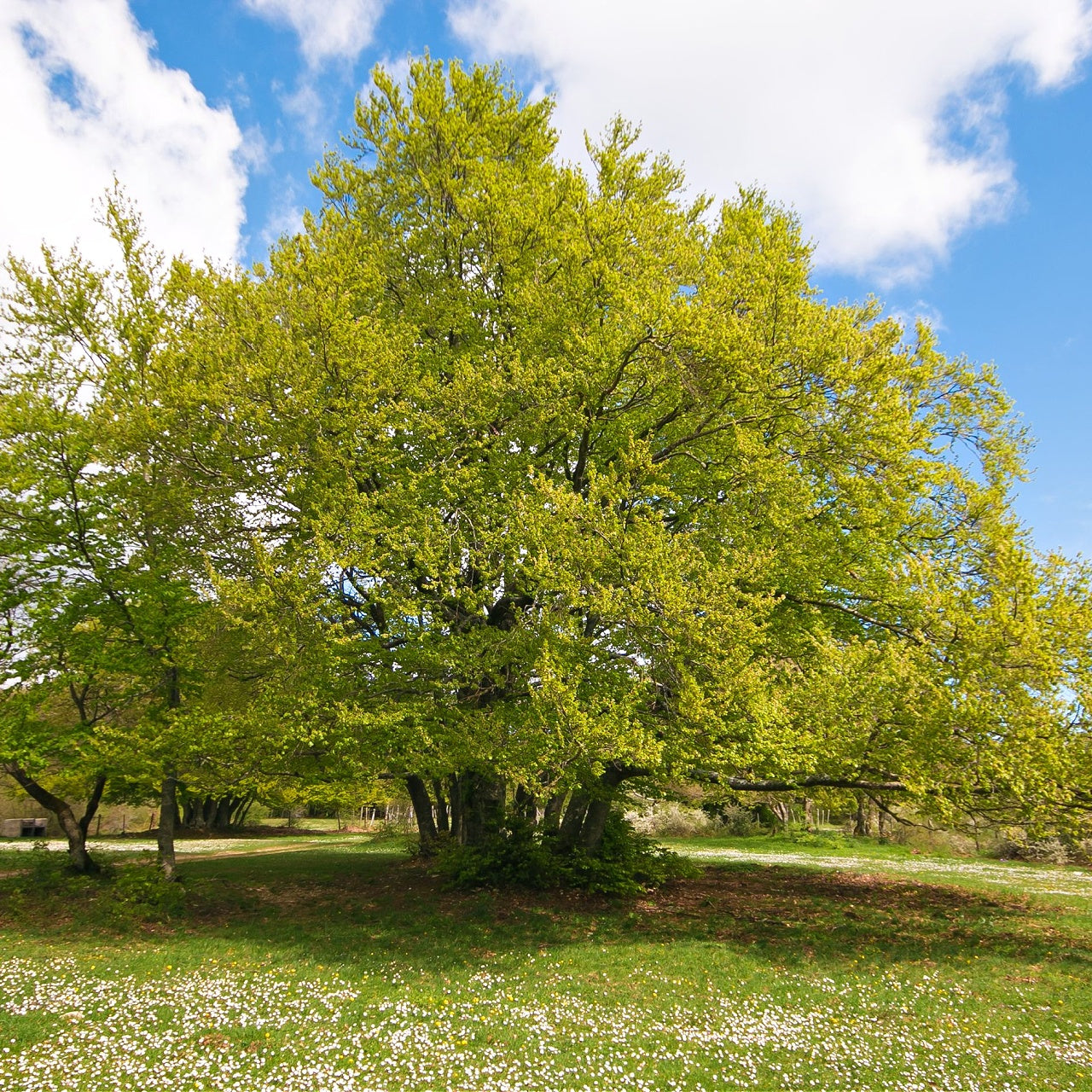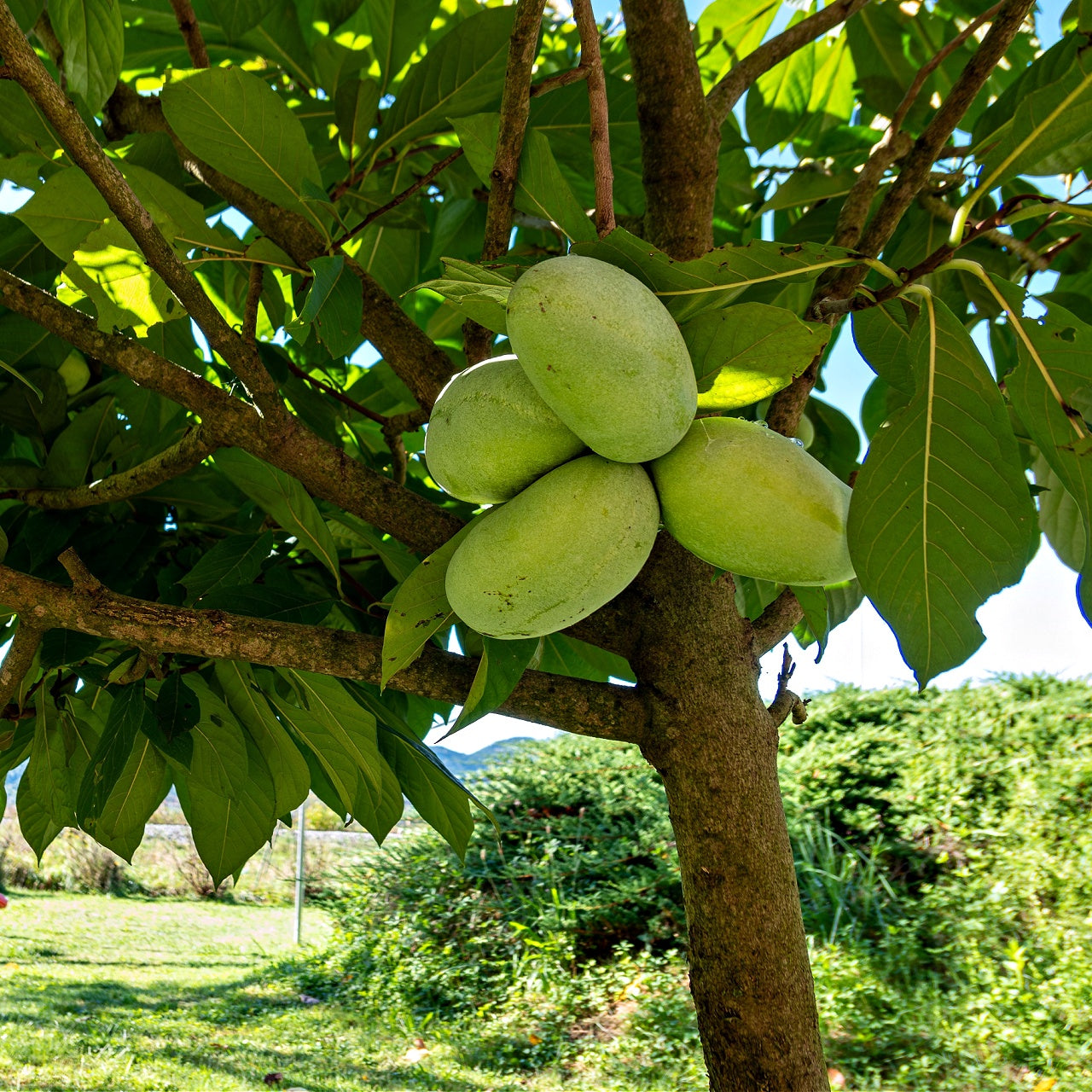
Mastering Viticulture
Mastering Viticulture
The Art and Science of Viticulture
Viticulture involves grape cultivation by merging soil science with climate understanding and plant physiology alongside artistic expression. The practice of fermenting grapes dates back thousands of years to human beginnings. It is an essential method for producing wines that showcase their regional characteristics and the winemaker's creative vision. Grape growing traditions unique to various regions have been perfected across generations, from France's sunny valleys to California's rolling hills. Viticulture requires knowledge of how each environmental element affects grape development, ultimately determining wine's flavor profile, aroma, and texture.
Understanding Terroir
Terroir represents a fundamental viticulture concept that describes the natural environmental elements where grapes grow, such as soil composition, topography, and climate. The word originates in French, but this concept's impact is felt across all global wine-growing regions. The development of grapes in cooler regions results in greater acidity and delicate aromas. At the same time, warmer climates produce grapes with riper flavors and higher sugar content, leading to a fuller body. Vineyard slopes impact grape production because hillside-planted vines receive more sunlight than those in flat areas while experiencing different water drainage patterns.
Terroir strongly depends on soil composition as a fundamental aspect. Gravelly soils in vineyards provide excellent drainage, while clay-rich earth retains moisture, affecting fruit quality differently. The combination of minerals like limestone, slate, and volcanic rock in the soil gradually gives grapes their special traits. According to winemakers, these mineral qualities manifest in the wine, resulting in a distinct taste representing the terrain where the grapes were cultivated. The influence of soil type on vine vitality and grape expression remains clear, even if people disagree about whether soil minerals directly affect flavor.
These vineyards treat viticulture as a continuous dialogue with their land instead of a universal method because they utilize their terroir. Producers analyze microclimates and soil characteristics to choose cultivars that thrive in specific areas instead of planting unsuitable grape varieties. Grape producers who adopt personalized cultivation methods achieve distinctive fruit characteristics inherent to their particular location.
Selecting and Maintaining Vines
Selecting suitable grape varieties or clones becomes essential after the grower finds an ideal location and performs soil testing. Certain areas produce excellent cool-climate grape varieties like Pinot Noir or Riesling, whereas others produce strong grape types such as Cabernet Sauvignon or Syrah, requiring lots of sunlight. Subtle genetic differences among individual grape clones can produce major variations in disease resistance and flavor characteristics, affecting vine productivity. Choosing a vine clone that best fits microclimate conditions and soil composition is decisive in determining vineyard success.
Growers need to provide thorough care for the vines that continue through each season after planting them. When spring arrives, new shoots emerge, requiring careful training and management of the delicate canopy. Correct leaf positioning during canopy management ensures optimal sunlight absorption and sufficient airflow to prevent mildew and other fungal diseases from developing. The continuation of summer requires persistent surveillance for pests and diseases to maintain vineyard health. Vineyard managers implement integrated pest management techniques that protect vines and fruit while maintaining ecological harmony.
Watering techniques influence the development of grape vines. Dry farming dominates European vineyards, where vines self-source water from deep soil, while other regions implement drip irrigation when rainwater proves inadequate. Moderation is important because too much irrigation diminishes grape sugar and flavor compound concentrations. When vines experience excessive stress, they stop growing and produce inferior crops. Achieving the right balance demands scientific knowledge, an intuitive understanding of weather patterns, and consistent monitoring of soil moisture and vine health.

Harvest and Beyond
The timing of grape harvesting is a critical phase in viticulture because it determines the final taste along with the acidity and sugar content of the grapes. Sparkling wines need early harvest for optimal acidity, but robust red wines require later picking to reach full ripeness. Determining the ideal harvest date involves winemakers tasting grape samples and measuring sugar content, known as Brix, and acidity analysis. Successful winemaking requires managing these factors to highlight grape variety traits and the vineyard's unique terroir. Premium vineyards employ handpicked methods for grape harvesting to ensure fruit protection and prevent unwanted leaves from being included. Although this technique demands significant labor input, it enables the highest precision when choosing prime clusters.
Fermentation works magic to convert vine-harvested grapes into fine wine. Viticulture's impact continues beyond the harvesting stage. The range of vineyard decisions, including spacing between vines and canopy management, shapes the fermentation and development process of the juice. Certain vineyards use wild yeast to start fermentation, while others choose commercial yeast strains for more consistent results. Even now, the vineyard's quality and the grower's decisions remain essential to winemaking.
Many wines spend time in oak barrels during aging, adding flavors such as vanilla alongside toasted and spicy notes. The basic character of wine is already established through the nature of the grapes. The effective management of vineyards produces fruit that maintains equilibrium between sugar, tannins, and acidity, simplifying the process of creating balanced wine. When vineyards receive proper care, they require fewer chemical treatments during winemaking, which supports the belief that great wine originates from the vineyard.
Viticulture transcends basic agricultural activity because it encompasses traditional methods, ecological knowledge, and human dedication. Viticulture is a field where learning never ends because each harvest year provides growers with deeper knowledge about their vineyards and the evolving weather patterns. The viticulture process, from land preparation to grape variety selection and canopy pruning through harvest decision-making, creates a dynamic interaction between environmental elements and human skill. Growers who honor the natural profile of vineyards produce grapes that express their origin and create a narrative in every sip of wine. This is the enduring allure of viticulture: Each vine will produce grapes embody the entire spectrum of its distinctive environment's subtleties and beauty.
Medicinal Values of Grapes
Throughout thousands of years of cultivation, Vitis vinifera, commonly known as grapes, has become an essential part of culinary practices and healing traditions across the globe. Small, juicy fruits contain high levels of nutrients and antioxidants alongside beneficial plant compounds that may offer numerous health advantages. Beyond their delicious flavor, grapes possess remarkable medicinal benefits for cardiovascular and immune health.
Grapes have gained widespread medical recognition mainly due to their exceptional antioxidant levels. Antioxidants found in grapes consist of vitamins C and K and various polyphenol phytochemicals. Resveratrol stands out among polyphenols because of its potential to support cardiovascular health. Research findings propose that resveratrol assists in preventing blood clots while reducing damaging LDL cholesterol levels and shielding artery walls from deterioration. Multiple protective mechanisms work together to decrease the long-term risk of heart disease.
Grapes demonstrate noteworthy anti-inflammatory properties, which should be acknowledged. Long-term inflammation is associated with multiple health conditions like arthritis and type 2 diabetes, as well as cancer. The polyphenolic compounds found in grapes, primarily flavonoids, assist in controlling inflammation by altering specific cellular signal transduction processes. Consuming grapes or their products like juice and wine moderately helps manage inflammation and may decrease associated health risks.
Grapes contain essential vitamins and minerals while providing vital nutrients such as potassium and manganese. Potassium plays a critical role in supporting cardiovascular health while helping to maintain proper blood pressure levels. The mineral plays a key role in fluid regulation while easing the cardiovascular system burden by enabling blood vessels to relax correctly. Manganese is an essential mineral in bone development and metabolic processes. Consuming grapes provides vital nutrients that naturally boost a balanced diet without requiring synthetic supplements.
Grapes offer another health benefit through their ability to enhance digestive system function. The dietary fiber found in grapes supports proper digestive tract operations. By consuming fiber, you can achieve regular bowel movements while promoting gut microbiota health and preventing constipation. The state of gut health positively affects immune response while enabling better nutrient absorption and enhancing mental wellness.
Grapes might contribute to preventing cancer development. Laboratory studies have demonstrated that resveratrol and quercetin exhibit properties that fight cancer. These substances prevent cancer cell development and shield normal cells from free radical damage. While additional human research is required to validate these findings, initial results suggest promising protective effects.
Grapes have historically played a significant role in diverse cultural healing systems, such as traditional Chinese medicine and Ayurvedic practices. People have used grapes to treat health conditions that include fatigue and respiratory congestion. The fruit continues to be researched by modern scientists, but its extensive traditional medicinal history demonstrates its widespread cultural appreciation for its healing benefits.
The medicinal advantages of grapes stem from their powerful antioxidants, anti-inflammatory properties, and essential nutrients. People who add grapes to their balanced diets may achieve better cardiovascular health, stronger immune systems, and improved digestion. Although grapes can't solve every health problem, they help maintain a wellness-oriented lifestyle and can deliciously improve daily dietary habits.






